
Islamic State group hacked and burned 37 students to death in western Uganda
Militants linked to the Islamic State group hacked and burned 37 students to death in western Uganda in the country’s worst such attack in over a decade, army and police officials said Saturday.
The army said it was pursuing militants from the Allied Democratic Forces (ADF) after the cross-border raid late Friday on a secondary school in Mpondwe in Kasese district near the Democratic Republic of Congo.
Investigators said dormitories were set alight and students cut down with knives in a brutal late-night assault by ADF, which is one of the deadliest groups active in DR Congo’s strife-torn east.
“Unfortunately, 37 bodies have been discovered and conveyed to Bwera hospital mortuary,” Uganda Peoples’ Defence Forces (UPDF) spokesman Felix Kulayigye said in a statement, referring to a town near where the attack occurred.
Eight people were injured while six others were kidnapped and taken by the attackers toward Virunga National Park, which straddles the DR Congo border, he added.
“UPDF embarked on pursuing the perpetrators to rescue the abducted students.”
The Resident Commissioner for Kasese, Joe Walusimbi, told AFP that at least 25 of the deceased were “confirmed to be students at the school”.
It is the deadliest attack in Uganda since twin bombings in Kampala in 2010 killed 76 in a strike claimed by the Somalia-based Al-Shabaab group.
‘Big attack’
According to a police report seen by AFP, police and military units were alerted to a “big attack” at Lhubiriha Secondary School in Mpondwe at around 11:00 pm (2000 GMT) on Friday evening.
“On arrival the school was found burning and the dead bodies of students were found lying in the compound and the school’s food store broken into” with items missing, the report stated.
The school is less than two kilometres (1.2 miles) from the border of DR Congo, where ADF is primarily active and has been accused of killing thousands of civilians since the 1990s.
Major General Dick Olum told AFP intelligence suggested the presence of the ADF in the area at least two days before the attack, and an investigation would be needed to establish what went wrong.
He said it appeared the attackers had detailed information about the school.
“They knew where the boys’ and girls’ dormitories resided,” said Olum from Mpondwe.
“This is why the rebels locked the boys’ dormitory and set it on fire. The rebels did not lock the girls’ section and the girls managed to get out, but they were cut with machetes as they ran for safety, and others shot”.
He said some of the bodies were burned beyond recognition and DNA testing would be required to identify them.
“We have called for more firepower, planes to help in the rescue operation of those abducted, and locating the rebel hideouts for military action,” he said.
Rare attack
The rebels fled toward Virunga, a vast expanse on the border with Uganda and Rwanda and a globally renowned sanctuary for rare species, including mountain gorillas.
But militias — of which dozens are active in the mineral-rich eastern DR Congo — also use the park as a hideout.
Originally made up of mainly Muslim Ugandan rebels, ADF gained a foothold in eastern DR Congo in the 1990s.
Since 2019, some ADF attacks in eastern DR Congo have been claimed by the Islamic State group, which describes the fighters as a local offshoot, the Islamic State Central Africa Province.
ADF attacks in Uganda are less common and the toll from Friday’s attack is the worst in many years by any group.
It is not ADF’s first attack on a school in Uganda.
In June 1998, 80 students were burnt to death in their dormitories in an ADF attack on Kichwamba Technical Institute near the border of DR Congo. More than 100 students were abducted.
Uganda and DR Congo launched a joint offensive in 2021 to drive the ADF out of their Congolese strongholds, but the measures have so far failed to end the group’s attacks.
In March this year, the United States announced a reward of up to $5 million for information leading to the capture of the ADF’s leader.
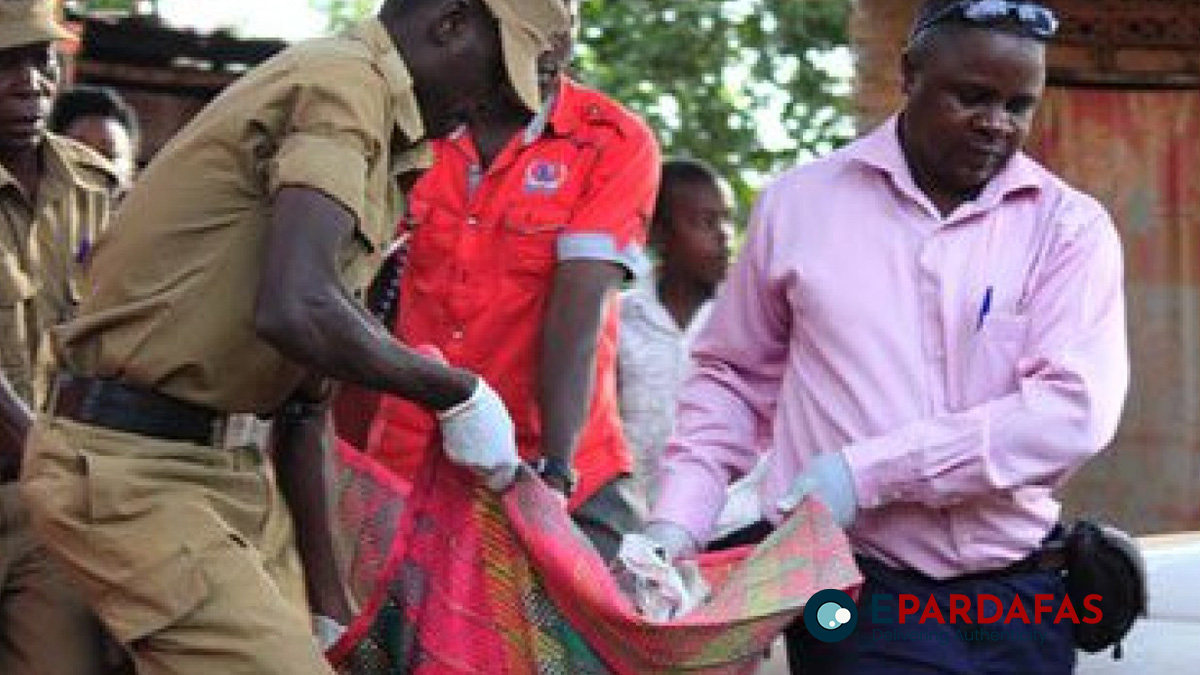


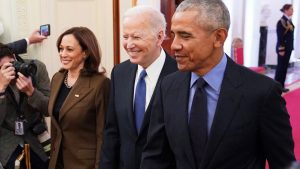
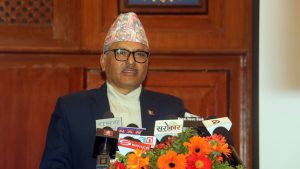

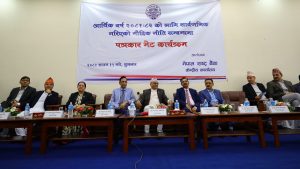
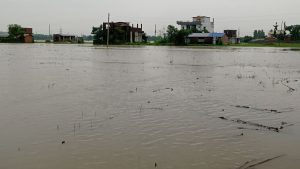




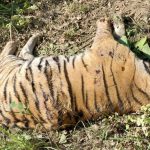
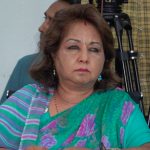
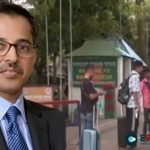
Comments